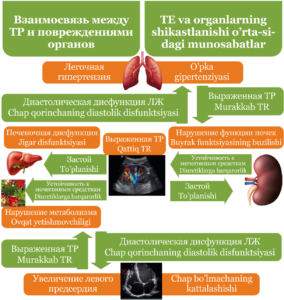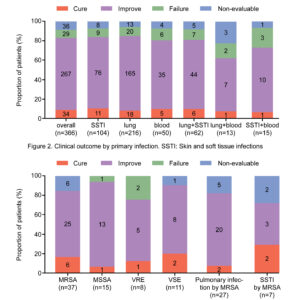Ref: Einav L. etal. Risk Factors for Malnutrition among IBD Patients, Nutrients 2021, 13, 4098. https:// doi.org/10.3390/nu13114098
The prevalence of malnutrition in inflammatory bowel diseases (IBD) is estimated to be between 6.1% and 69.7% depending on the definition used, the type of IBD, the clinical setting and disease activity. Malnutrition and sarcopenia are associated with poor clinical outcomes, hospital admissions, response to therapy and quality of life. Among hospitalized patients, malnutrition is an independent risk factor for venous thromboembolism, non-elective surgery, longer admission and increased mortality. Due to its high prevalence and associated risks, early detection of IBD patients at risk of malnutrition development is of high importance. Malnutrition is a target for primary and secondary prevention, and patients with IBD are advised to be screened for malnutrition at diagnosis and annually. The most common screening tool for malnutrition risk, and one of the most common tools used in practice, is the Malnutrition Universal Screening Tool (MUST), incorporating body mass index (BMI), recent weight loss and inadequate nutritional intake. Other screening tools, such as the Malnutrition Screening Tool (MST) used for hospitalized patients, the Mini Nutritional Assessment—Short Form (MNA-SF) for geriatric patients, and the Nutrition Risk Screening (NRS-2002) for assessment of severely ill patients , all use relatively similar parameters and provide a numerical score to categorize risk of malnutrition. Additional etiologies for impaired nutritional status among IBD patients include reduced intake due to disease symptoms, malabsorption, enteric nutrient loss, increased basal energy expenditure and certain medications. Further, a patient’s avoidance of eating may be due to fasting during medical procedures, and from prolonged restrictive diets. Therefore, malnutrition and sarcopenia are also prevalent among IBD patients in clinical remission. These IBD-specific malnutrition risk factors are not incorporated into any of the current malnutrition screening tools. Therefore, we aimed to identify IBD-related risk factors of malnutrition development, in the general IBD clinic setting.
Methods: A retrospective case-control study among IBD patients attending the IBD clinic of the Tel-Aviv Medical Center for ≥2 consecutive physician consultations per year during 2017–2020. Cases who had normal nutritional status and developed malnutrition between visits were compared to matched controls who maintained normal nutritional status. Detailed information was gathered from medical files, including: demographics, disease phenotype, characteristics and activity, diet altering symptoms and comorbidities, medical and surgical history, annual healthcare utility, nutritional intake and the Malnutrition Universal Screening Tool (MUST) score. Univariate and multivariate analyses were used to identify malnutrition risk factors. The independent risk factors identified were summed up to calculate the IBD malnutrition risk score (IBD-MR).
Results: Data of 1596 IBD patients met the initial criteria for the study. Of these, 59 patients developed malnutrition and were defined as cases (n = 59) and matched to controls (n = 59). The interval between the physician consultations was 6.2 ± 3.0 months, during which cases lost 5.3 ± 2.3 kg of body weight and controls gained 0.2 ± 2.3 kg (p < 0.001). Cases and controls did not differ in demographics, disease duration, disease phenotype or medical history. Independent IBD-related malnutrition risk factors were: 18.5 ≤ BMI ≤ 22 kg/m2 (OR = 4.71, 95%CI 1.13–19.54), high annual healthcare utility (OR = 5.67, 95%CI 1.02–31.30) and endoscopic disease activity (OR = 5.49, 95%CI 1.28–23.56). The IBD-MR was positively associated with malnutrition development independently of the MUST score (OR = 7.39, 95%CI 2.60–20.94). Among patients with low MUST scores determined during the index visit, identification of ≥2 IBD-MR factors was strongly associated with malnutrition development (OR = 8.65, 95%CI 2.21–33.82, p = 0.002). (4)
Conclusions: We identified IBD-related risk factors for malnutrition, highlighting the need for a disease-specific malnutrition screening tool, which may increase malnutrition risk detection.






